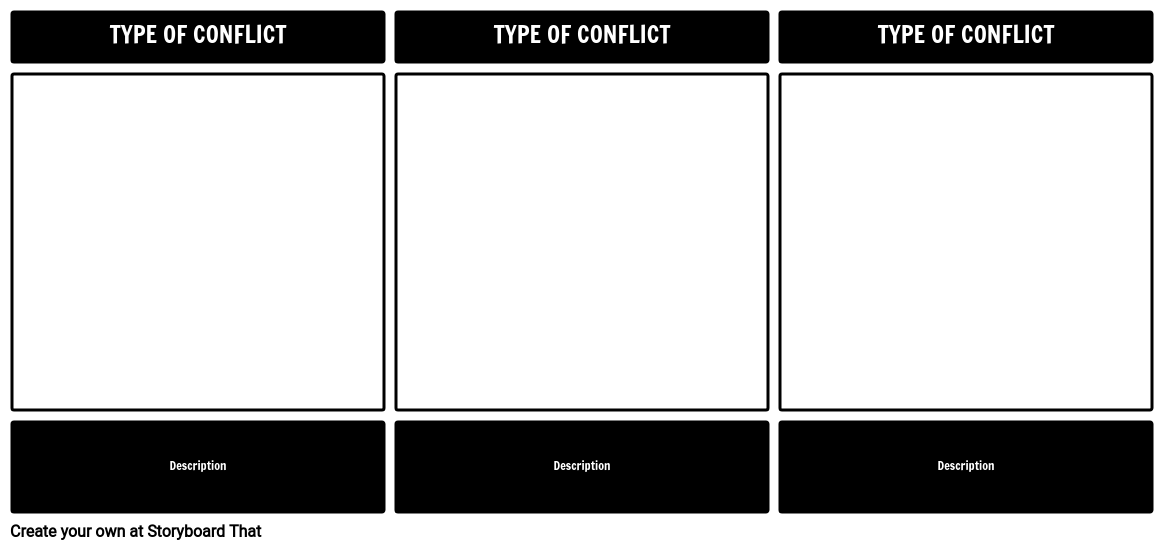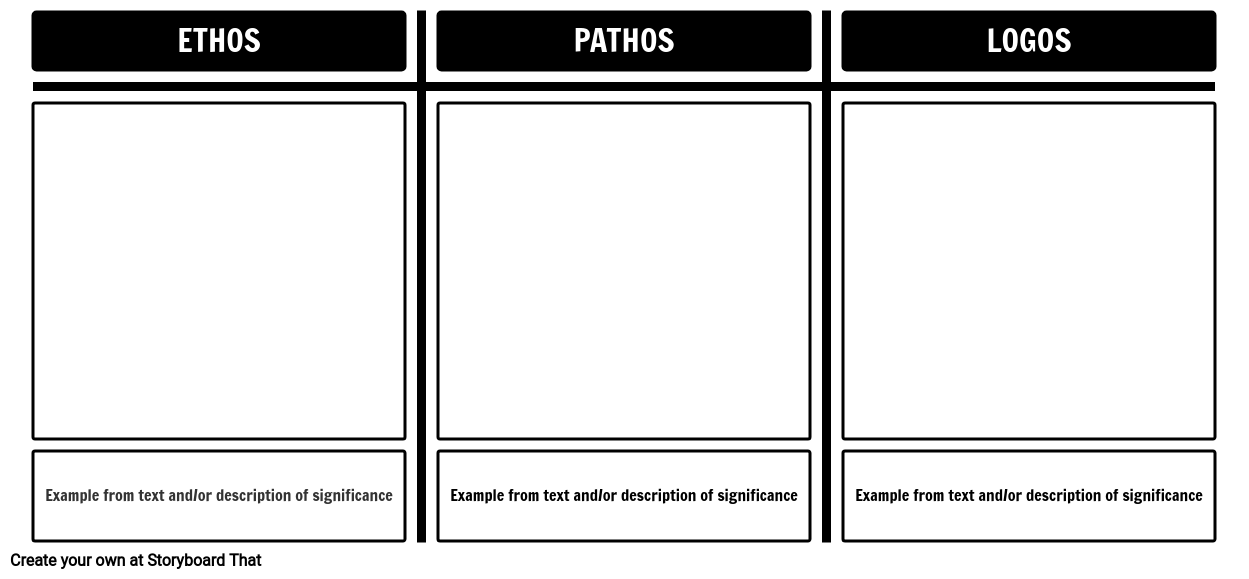Customize Text Analysis Templates
Exploring Text Analysis Templates: Enhancing Comprehension and Analysis
Text analysis, in all its forms, holds a pivotal place in education. The process involves deciphering the background, structure, and meaning behind words on a page. Whether you're teaching about a literary work, a historical document, or a scientific article, the ability to navigate and make sense of printed text is an invaluable skill. A text analysis graphic organizer would serve as a valuable resource for guiding students through the process of dissecting a text's elements and uncovering its deeper meaning or crafting a compelling literary essay. A well-designed worksheet not only facilitates the exploration of complex texts but also encourages students to develop critical thinking skills as they dissect and interpret the material.
Different Types of Texts Requiring Textual Analysis
Text analysis can be applied to various types of texts across different domains, including:
- Literary Texts: Novels, short stories, poems, and plays often undergo examination to find themes, characters, symbolism, and narrative techniques.
- Historical Documents: Primary sources like diaries, letters, and historical manuscripts can be analyzed to understand historical contexts and events.
- Academic Articles: Scholarly articles and research papers undergo examination to evaluate methodologies, arguments, and contributions to a field of study.
- News Articles: News articles are analyzed for bias, framing, and journalistic practices. This can include political news, current events feature stories, and investigative journalism.
- Film and Media: Film scripts, television shows, advertisements, and multimedia content are analyzed for visual and story elements, as well as social and cultural implications.
- Legal Texts: Legal documents, court decisions, and legislation are subject to legal examination to understand their implications and interpretations.
- Social Media Posts: Social media content is analyzed for sentiment, trends, and public opinion. This includes tweets, Facebook posts, and Instagram captions.
- Scientific Papers: Scientific texts undergo examination to evaluate research methods, findings, and the communication of scientific concepts.
- Speeches and Rhetoric: Rhetoric by politicians, leaders, or public figures are analyzed to understand persuasive techniques, main idea, and intended messages conveyed through spoken word.
- Poetry: A poem can be closely examined for poetic devices, figurative language, rhyme schemes, and thematic exploration.
- Advertising Copy: Advertising materials, including print and digital ads, are analyzed for persuasive techniques, target audience appeal, and brand messaging.
- Personal Essays and Memoirs: A personal essay or memoir can be analyzed for storytelling techniques, personal reflections, and thematic exploration.
- Religious Texts: Sacred texts and religious scriptures are studied to understand religious beliefs, cultural significance, and interpretations.
- Speech Transcripts: Transcripts of spoken words, such as interviews, debates, and conversations, are analyzed for language patterns and communication styles.
- Environmental Texts: Environmental reports, policies, and sustainability documents are analyzed for their impact on ecosystems and conservation efforts.
- Political Documents: Political manifestos, treaties, and policy documents are subject to examination to evaluate political ideologies and strategies.
These are just a few examples of the diverse types of texts that can benefit from analysis, demonstrating its applicability across various fields and contexts. Another illustrative example is a novel study graphic organizer which would provide a structured framework that assists students in exploring the characters, themes, and narrative elements of a literary work, fostering a deeper understanding of the novel's complexities.
Creating templates for these types of works streamlines the entire process, providing students and researchers with structured frameworks to systematically examine and form insights from a wide range of texts.
10 Steps to Make a Text Analysis Worksheet
- Define the Objective: Determine the specific objective of the analysis, such as contextual exploration or sentiment analysis. This will guide the creation of your worksheet.
- Select Appropriate Templates: Choose a suitable worksheet based on the type of analyzing you intend to do. The use of templates for writing, paper, or book study are encouraged.
- Design the Layout: Structure and outline the layout logically, incorporating sections to input introduction, analysis, and conclusion. Ensure the layout is intuitive and easy to follow.
- Craft Relevant Prompts: Create prompts and questions that align with your objectives. Tailor these prompts to the specific type of analysis you're conducting, whether it's literary, contextual, or sentiment-based.
- Incorporate Analysis Techniques: Include elements that encourage the application of various techniques. For instance, if you expect students to analyze a paragraph from a novel or literary text, include prompts for character study, theme identification, and textual extraction.
- Include a Section for Context Analysis: If your examination involves understanding the broader context, ensure that the worksheet contains a dedicated section for this where students can write paragraphs that report on their contextual understanding of the text. This could involve taking note of historical background, societal influences, or background information.
- Encourage Citation of Textual Evidence: Integrate spaces within the worksheet where students can note textual evidence from the source material to support their findings. Emphasize the importance of backing up their interpretations.
- Provide Clear Instructions: Offer explicit instructions for each section of the worksheet, ensuring that students understand the purpose of each component and how to use the examination techniques effectively.
- Customize for the Text or Material: Tailor the worksheet to the specific text or material being analyzed. Include elements that are relevant to the material, whether it's a novel, historical document, or social media post.
- Balance Depth and Breadth: Strike a balance between the depth of study and the breadth of coverage. The worksheet should challenge students while remaining within their grade level and objectives.
By following these steps, you can create a comprehensive text analysis worksheet that effectively guides students in analyzing various types of text, be it literature, historical documents, or digital content, while incorporating relevant techniques and templates.
More Storyboard That Resources and Free Printables
- Critical Analysis Worksheet Templates
- Persuasive Writing Worksheets
- Character Analysis Worksheet Templates
- Text Structure Worksheets Templates
- Long Composition Worksheet
How to Make a Text Analysis Worksheet
Choose One of the Premade Templates
We have lots of templates to choose from. Take a look at our example for inspiration!
Click on "Copy Template"
Once you do this, you will be directed to the storyboard creator.
Give Your Worksheet a Name!
Be sure to call it something related to the topic so that you can easily find it in the future.
Edit Your Worksheet
This is where you will include directions, specific images, and make any aesthetic changes that you would like. The options are endless!
Click "Save and Exit"
When you are finished, click this button in the lower right hand corner to exit your storyboard.
Next Steps
From here you can print, download as a PDF, attach it to an assignment and use it digitally, and more!
Frequently Asked Questions about Text Analysis Worksheets
Can I use the same text analysis worksheet for different types of texts, such as novels and scientific articles?
While some sections of a text analysis worksheet may be adaptable, it's generally more effective to tailor the worksheet to the specific characteristics and objectives of the text type. Different templates may be more suitable for distinct text types.
Is it essential for students to include textual references in their analysis, even in a context analysis worksheet?
Yes, incorporating textual references is crucial in substantiating analysis. In a context analysis, students might reference specific historical events or documents that are relevant to the text.
© 2025 - Clever Prototypes, LLC - All rights reserved.
StoryboardThat is a trademark of Clever Prototypes, LLC, and Registered in U.S. Patent and Trademark Office



























